MAKE A SPLASH
THIS SUMMER
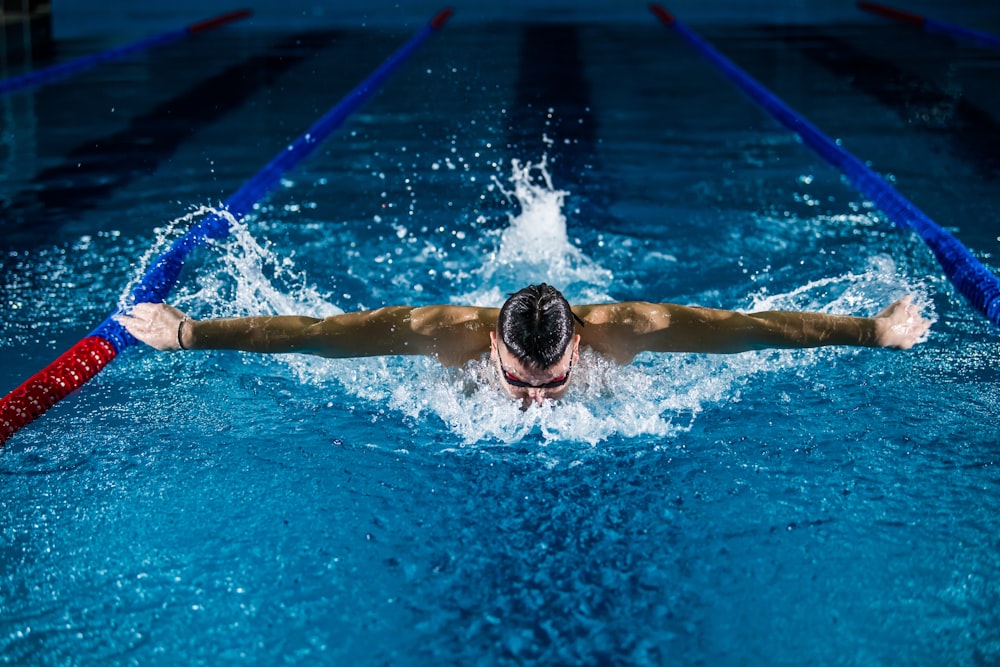
Join Now For $0 Enrollment!
Learn MorePosted By: Chicago Athletic Clubs /
The practice of yoga has existed for centuries, and has transgressed cultural and continental boundaries. Something that long lived and persistent has to have some serious credibility, right? It absolutely does, but how the practice is approached today is quite expansive. Individual motivation for why people practice yoga has evolved to cover an exhaustive range of intentions, be it fitness focused, mind-body connection, stress relief...or all of the above. All of these intentions are good, but knowing your intention can help help you get the most out of your experience. Read on to learn more about ways to focus your motivation and find the right yoga practice for whatever your needs may be.
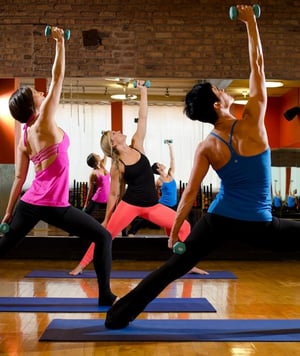 Yoga for fitness
Yoga for fitnessThere is no doubt that yoga can be a challenging, sweat-inducing workout. However, some styles of yoga are more fitness-oriented that others. Yoga Sculpt is a great example of a hybrid class that uses the poses and flow of yoga integrated with light to medium weights to help build more strength - still some yoga, but also a little fitness for those used to a traditional workout. Bikram and Hot Yoga classes focus on conditioning and strengthening the cardiovascular system by increasing room temperature and humidity levels. The elevated heat makes the body work harder and the heart pump more blood and oxygen throughout the system, and definitely increases sweat and effort. Ashtanga yoga classes are vigorous, physically demanding classes that follow the same sequence every class, and are appropriate for those looking for a more rigorous workout. Additionally, most Vinyasa flow classes operate at a multi-level format, meaning that the instructor will offer different modifications or layers of a pose so that each individual practitioner can customize their own practice. This gives those who are more fitness focused the opportunity to challenge themselves as fully as possible.
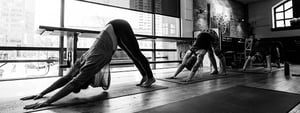 Yoga for flexibility
Yoga for flexibilityYoga is all about being flexible, both in mind and in body. All yoga classes involve poses with the body that will challenge and develop flexibility, and most classes are adaptable to all fitness levels. Yoga is a great exercise form to help improve muscular flexibility for those with limited range of motion, but the key is focusing on form and alignment. This goes for newbies as well as seasoned practitioners. Listen to your instructor as they guide you into the different poses, they will offer prompts and adjustments that focus on properly aligning your body to benefit from the pose. This may mean that your hand doesn't touch the ground, or you might not be able to bend as deeply, and that is more than fine, it is necessary. Do not be afraid to use blocks, straps or any other assistance. Flexibility is improved by taking consistent small steps over an extended period of time, and skipping steps or trying to move too far to fast will result in injury and pain. Also, listen to your body. Yoga practice is about self-awareness and honoring what your body needs in the moment. Every day your body is different, so it's okay to take it easy if your body is telling you to do so. Honoring that is what improves the flexibility of your mind.
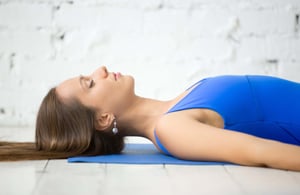 Yoga for relaxation
Yoga for relaxationThe power of yoga to relax and release stress is also well known, and if relaxation is your goal then you will benefit most from slower, gentler styles of restorative yoga such as Hatha or Yin-Yoga. These classes will not raise your heart rate, but rather give you the opportunity to slow down and clear your mind. Often, restorative classes will utilize props or bolsters, Yin-Yoga specifically harnesses the power of gravity in lengthy poses that allow muscles to naturally release and open. Common also is the use of meditation or sound baths to compliment the calming effects of the practice. Focusing on clearing your mind and allowing thoughts to come and go during these practices is an excellent way to enhance the restorative benefits and get the most out of the class.
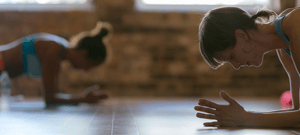 Yoga for mind-body connection
Yoga for mind-body connectionOften referred to as a moving meditation, yoga offers a powerful opportunity to enhance mind-body connection no matter what style or level you practice. The combined focus on non-judgmental self-awareness, breath and movement allows you to let go of outside stress, worries and anxieties and challenge yourself to be present in the here and now - which is a challenge to be sure. A common practice to help with this focus is to set an intention at the beginning of your class - something your instructor may even prompt you to do. This intention should be simple and clear, a short sentence or mantra. You can even dedicate your practice to someone. This is a practice enhancement that serves as a gentle reminder for why you are there when the poses get tough or your mind begins to wander, which inevitable it does. As you notice your thoughts turn to a conversation from work, or what you need to make for dinner, you can gently remind yourself of the intention you set to bring you back to the present moment.
Whatever the focus of your practice, the key is going to class with an open mind and an open heart. And always remember, in yoga as in life it's not about the destination or the accomplishment, but the journey on the road you are taking to get there.
| Alex Card
| Chicago Athletic Clubs
| Chicago Athletic Clubs
| Chicago Athletic Clubs
| Chicago Athletic Clubs
© 2025 Chicago Athletic Clubs. All Rights Reserved. Privacy PolicyEmployee Login
https://www.chicagoathleticclubs.com/
https://www.chicagoathleticclubs.com/services/personal-training/
0
5000
true